Porto and the north podcast
Portugal is the first stop on our IndieRail adventure, and we have two weeks to explore. We spent the first one in Porto and North Portugal – including the Douro Valley, where port wine is produced.
To listen, hit play below or find episode 250 in iTunes or Soundcloud:
Porto
Porto is a port city situated on the Douro River. It’s got a touch of faded grandeur, with many empty buildings and crumbling pavements, but it’s easy to spend a day or four just wandering around admiring the architecture. Take a cruise down the river at sunset for an alternative view.
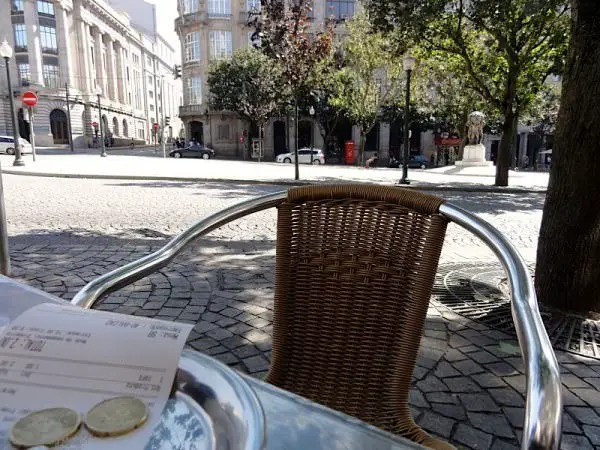
Many buildings have tiled facades, as much for insulation as for decoration, which gives the city a unique feel, and the Bolsa (stock exchange building) takes opulence to a new level with its richly decorated rooms.
And of course, you have to have port while you’re in Porto – tastings are available in many wine cellars along the river, or you can just order a glass in any bar. We discovered port tonic, a mix of white port and tonic, garnished with a slice of lemon – very refreshing on a hot day.
Douro Valley
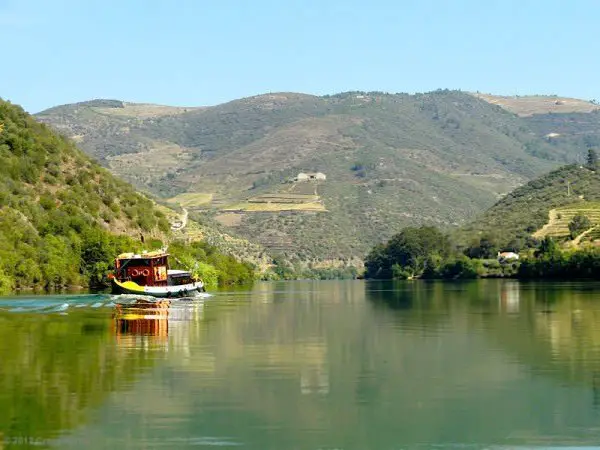
A two-hour drive to the north of Porto is the Douro Valley, where port is actually produced. Although the wine takes its name from Porto, the city never really had much to do with port except for being the sending-off point for exports – the wine is made in the Douro Valley and aged in Gaia. The valley is verdant with vines, and a trip along the river in a rabelo boat is a good way to see it.
In the heart of the valley, you’ll find the small town of Pinhão, which is famous for its emblematic train station decorated with azulejos (tiles) depicting wine production and traditional life in the area.
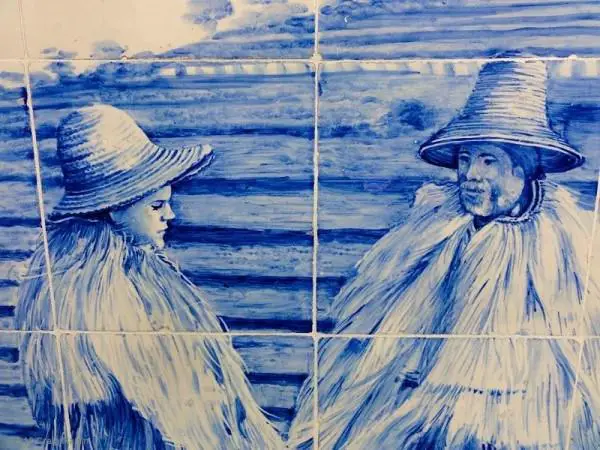
Guimarães
This World Heritage city is also the European Capital of Culture for 2012. Its twelfth-century castle is its most notable feature, though the Ducal Palace and narrow medieval streets are impressive as well.
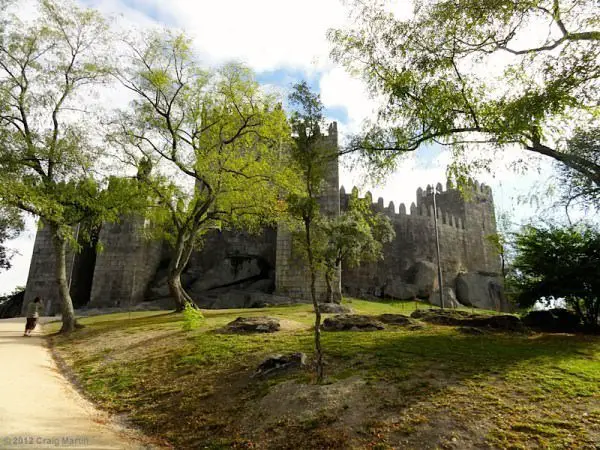
Braga
Guimarães and Braga seem to fight it out for the title of “oldest city in Portugal” – though it’s clear that they are both pretty old. It’s known as the religious capital of the country and is the home of the sanctuary of Bom Jesus, which is situated at the top of a hill and can be reached by climbing 600 stairs.
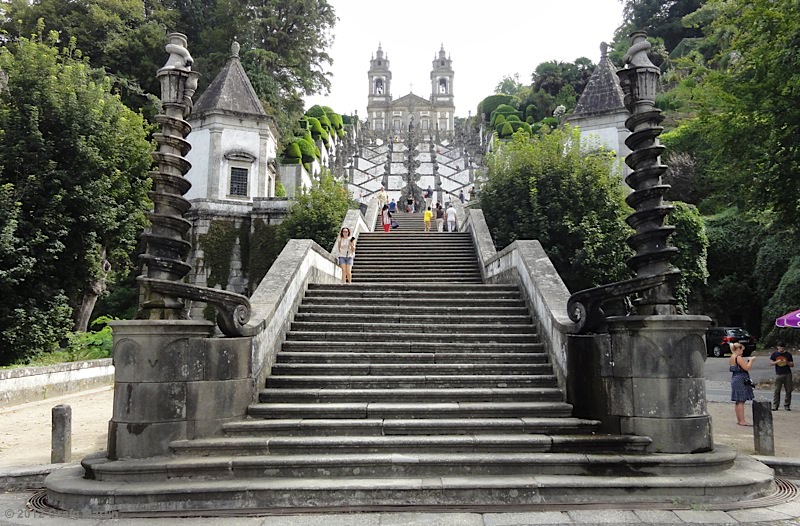
Ponte de Lima
The Romans arrived in the area in the fourth century BC and there has been a bridge over the river Lima ever since then – hence the name “Bridge of Lima”. The current bridge was built in the 14th century and is a masterpiece of medieval construction.
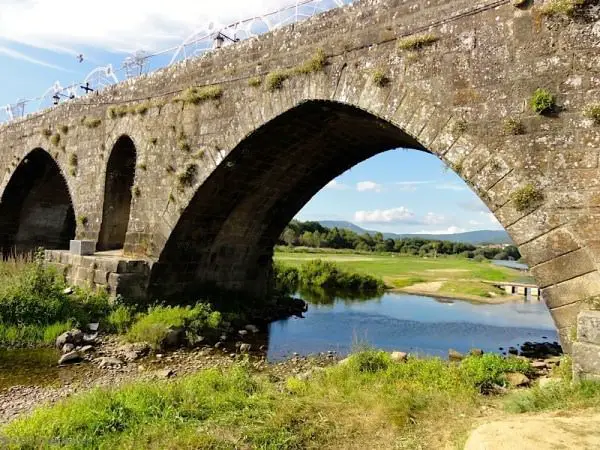
Viana do Castelo
Named after Vienna by a king who thought the town was like Austria’s capital, Viana has a quiet charm. Apart from the historic city centre and green bridge designed by Gustav Eiffel, Viana is known as the home of the sanctuary of Santa Luzia, which is similar to the Sacre Coeur in Paris. It seems there’s more of a connection with Paris than Vienna.

IndieRail is brought to you by ACPRail.com, providers of a wide range of rail passes and train tickets including Eurail, BritRail, Rail Australia, Japan Rail and more. Great pricing, friendly service. We’re glad to be working with them. Local day trips are provided by Urban Adventures. We’re sharing stories as they happen thanks to Droam: mobile data without boundaries. Check out our next destination…

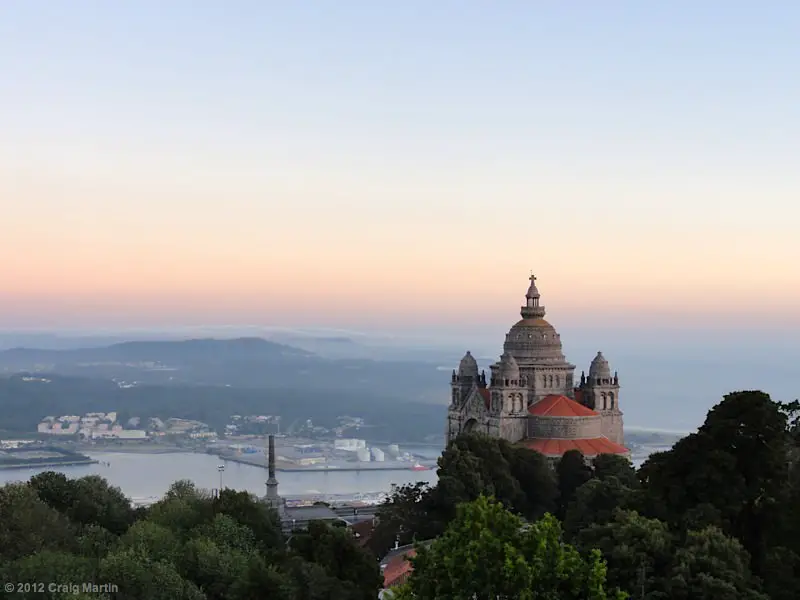
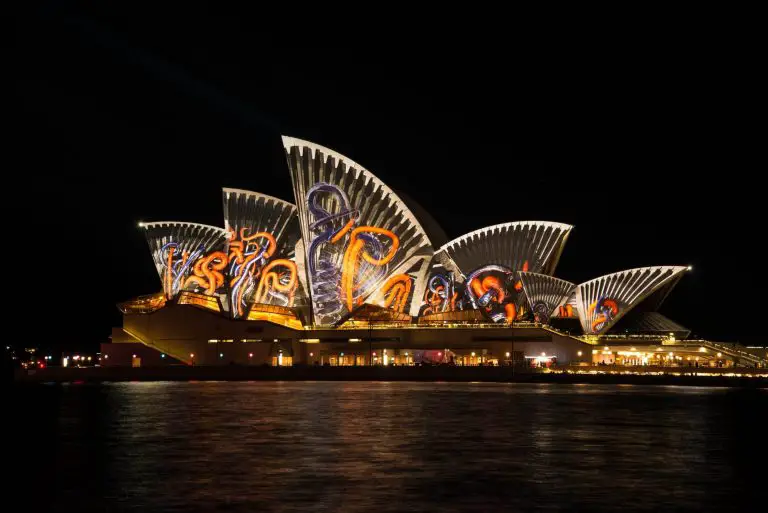


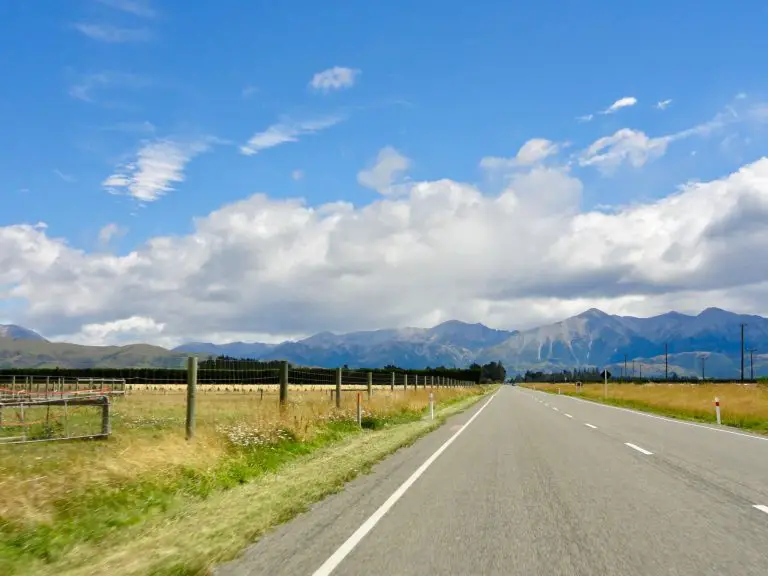

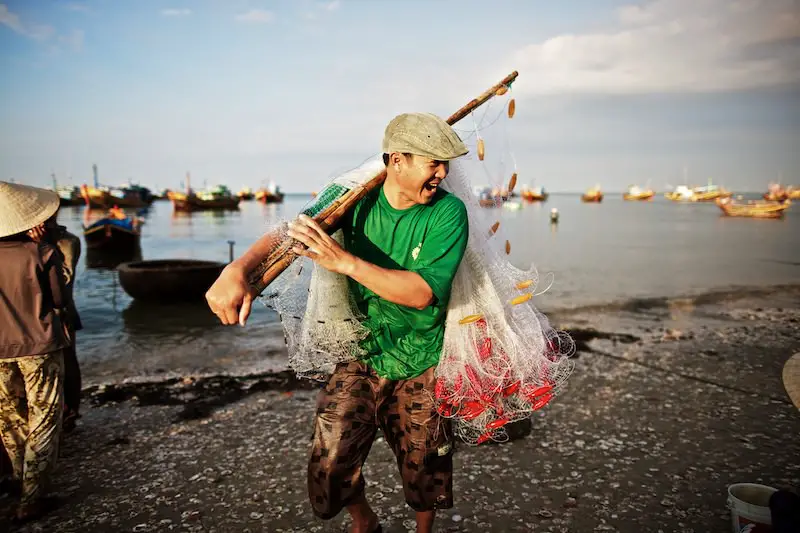
I’d recommended the Bom Jesus, Braga to my friends. Expectantly, they liked it. Bom Jesus should be recognized by UNESCO Heritage Site. It just feels amazingly good by being in that place.
Hi Diego, yes: a great recommendation, and well worth the visit! We’ll hopefully have some video and more photos up later in the week. We really enjoyed it there.
The more I read, the more there is to see. Incredibly frustrating as I always want to be everywhere, but I have just 6 days in Porto from next Thursday. 2 of them are already booked at Regua, along the Douro Valley and I’m hoping to boat up to Barca d’Alva at the Spanish border. I was promising myself a side trip to Guimaraes too, but we’ll see how it goes, as we’re just using boats/trains for this leg of our journey.
It really does feel like that, eh?! We know the feeling.
We can highly recommend Guimaraes as a trip: if you can just get there to sightsee, it’s nice — but if you can spend a night and have time to relax and enjoy the quieter parts of town… well, that’s even nicer.